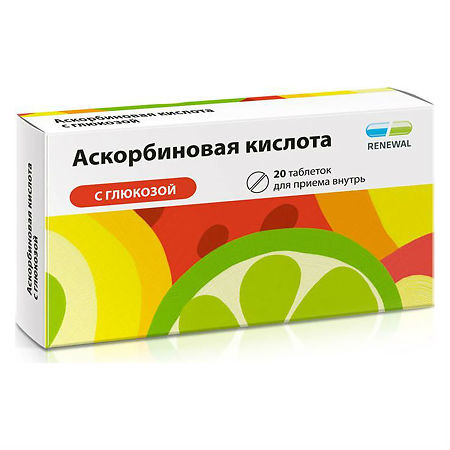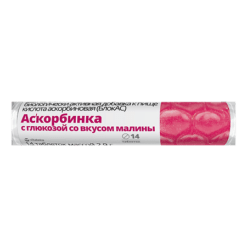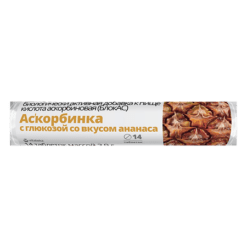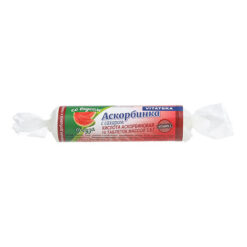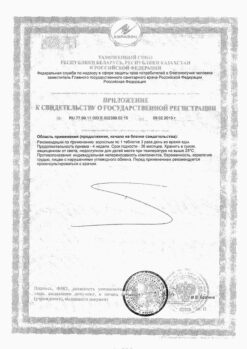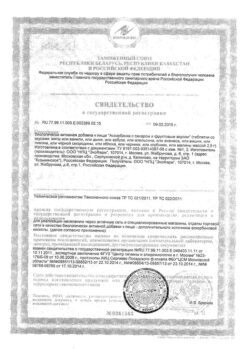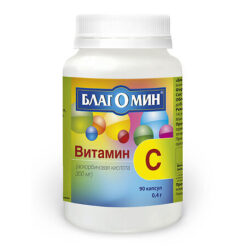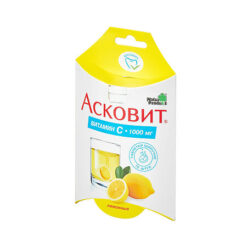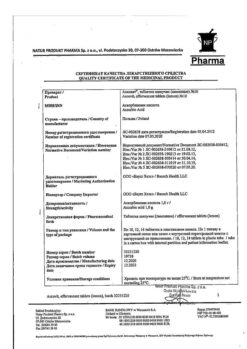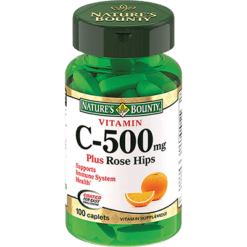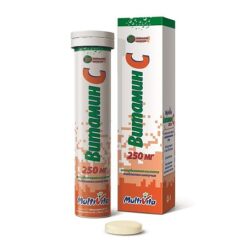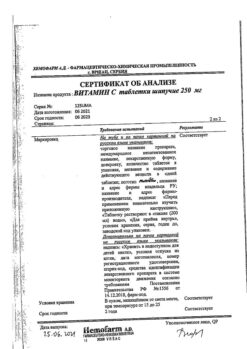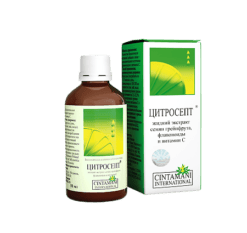No products in the cart.
Ascorbic acid with glucose, tablets 20 pcs
€3.37 €3.00
Description
Ascorbic acid plays an important role in the regulation of redox processes, carbohydrate metabolism, blood coagulation, tissue regeneration, helps to increase the body’s resistance. Ascorbic acid (vitamin C) is not formed in the human body, and comes only with food. With a balanced and nutritious diet, a person does not experience a deficiency of vitamin C.
Additional information
| Shelf life | 2 years. |
|---|---|
| Conditions of storage | In a pack, in a dry place at a temperature not exceeding 25 °С (for tablets packed in 2, 3, 4 contour cell packs in a pack or 20 contour cell/non-cell packs in a pack). In a dry place, protected from light, at a temperature not exceeding 25 °С (for tablets packed in a contour cell/non-cell pack). Keep out of reach of children. |
| Manufacturer | Update PFC AO, Russia |
| Medication form | pills |
| Brand | Update PFC AO |
Other forms…
Related products
Buy Ascorbic acid with glucose, tablets 20 pcs with delivery to USA, UK, Europe and over 120 other countries.

